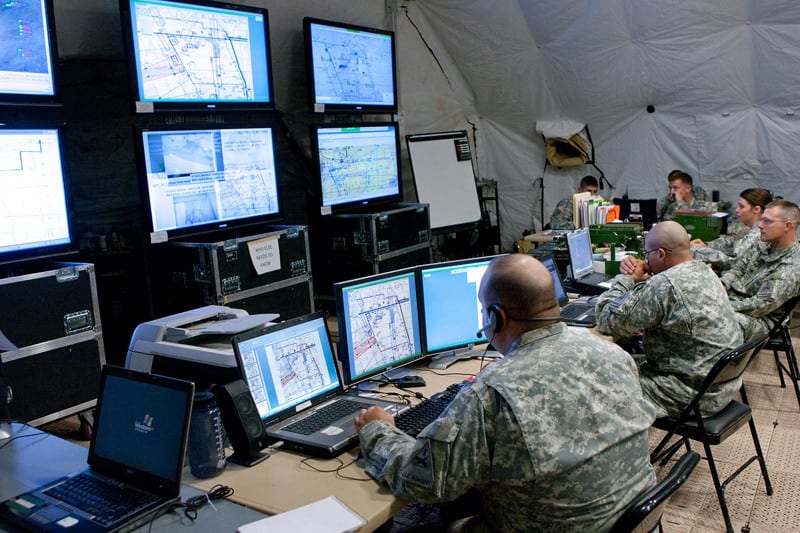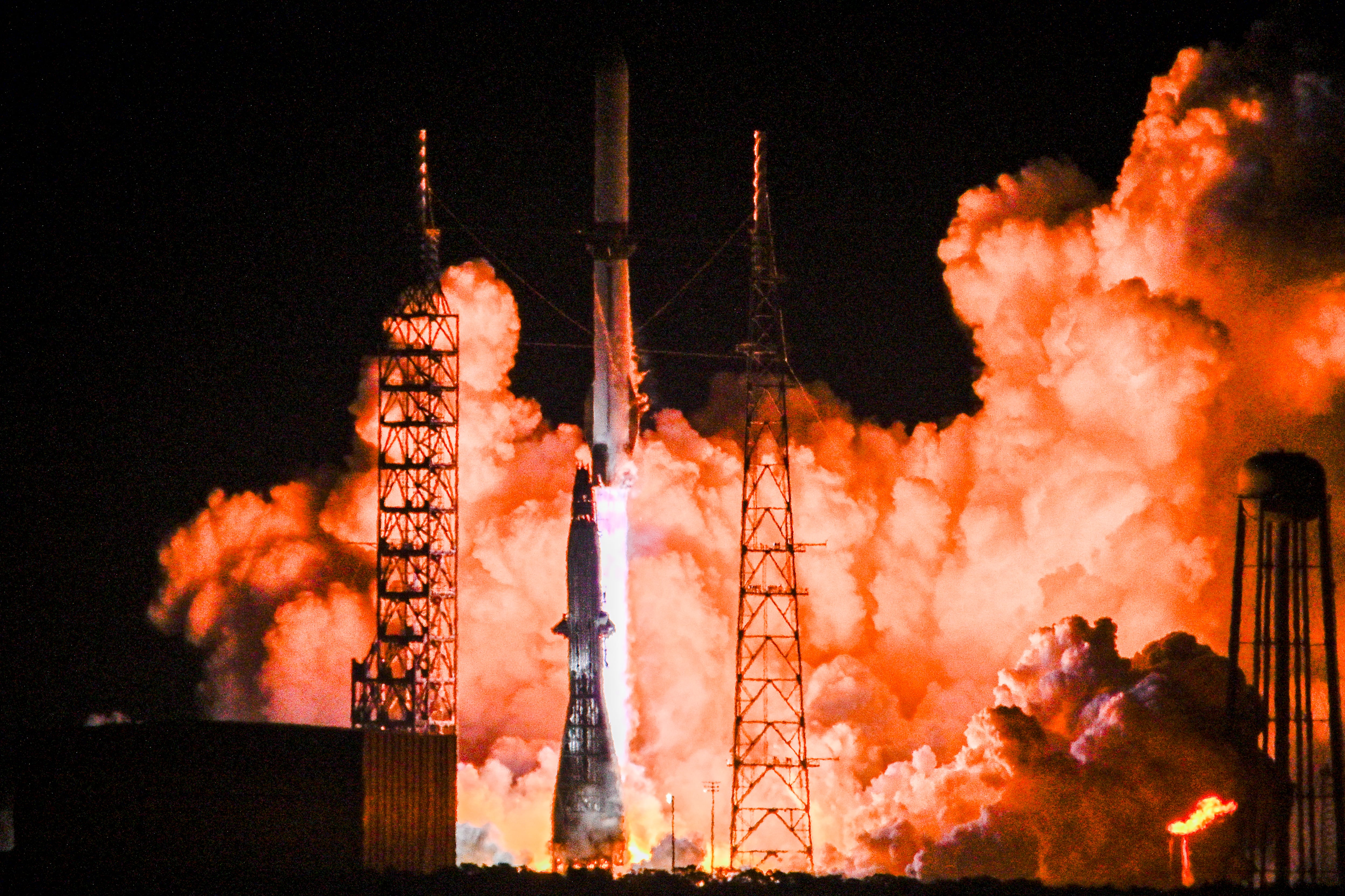The Department of Defense is grappling with an overwhelming preponderance of data, so much so that it can't process it all.
The department needs to take a comprehensive approach at what is known as processing, exploitation and dissemination, or PED in DoD parlance, according to the director of Defense Intelligence (Warfighter Support), which falls under the purview of the Office of the Under Secretary of Defense for Intelligence
"We are now at the point for the first time I can remember where PED is the shortfall more so than the platforms themselves," Lt. Gen. Jack Shanahan said during a March 17 luncheon hosted by AFCEA's Northern Virginia Chapter.
The DoD doesn't have the backend analytics for all the platforms and sensors being put into the field, he added.
It's no secret that every commander's top request is more intelligence, surveillance and reconnaissance. This has led members of Congress to even allocate an ISR "transfer fund" in 2016, Shanahan described, which provided $500 million specifically for ISR. This fund was so successful, he added, it is going to happen again in 2017 given what a difference it made.
The Pentagon has done some "book keeping" to say "pull some of that forward into the '17 supplemental and get credit for time served, as we might say, but we don't have to do the full $500 million coming over from the Hill because we're still in a CR," he continued, referring to the continuing resolution Congress passed to prevent the government from shutting down.
The combination of more ISR and sensors being thrown into the environment has simply overwhelmed the department. PED has been an afterthought in acquisition cycles, Shanahan said, as they've gone after platforms and sensors. PED has not been built into these programs of record — the PED done now is archaic, it's industrial-age PED, he asserted.
Shanahan highlighted the problem with an example from the former undersecretary for acquisition, technology and logistics' visit to Baghdad, Iraq. Frank Kendall observed video from a tactical UAV there and asked who was performing its PED. The answer was no one was, Shanahan said, adding politely that Kendall was not too happy about that.
This has led to renewed efforts within the department to get at the PED shortfall. Describing industry as light-years ahead of DoD on this front, Shanahan outlined a coordinated approach to surveying a vast array of sectors from industry to the research labs within DoD to Silicon Valley. While they've discovered a lot of one-off projects and ideas, they are not focused on the war-fighter requirements.
"We are going to bring a coordinated effort to this and go after a specific war-fighter requirement and do it in calendar year '17," Shanahan said. "We're putting a timeline to this, otherwise, you get a great PowerPoint slide and move onto something else."
The goals, under a working title of the "Go Big Project," are to immediately inject industry's best technologies in artificial intelligence and deep learning. DoD can take care of the "processing" and "dissemination" portion of PED, Shanahan said. It's the "E" in "exploitation" — it's the analyst's time of looking at a video for 12 hours a day to see if the white pickup truck left or entered the compound — that the department needs help with. A machine can watch for the pickup truck, he said.
This does not mean getting rid of analysts, he said, but rather getting analysts onto analytical duties, or think about problems that are presented rather than watching full-motion video.
He considered four factors as critical:
- Data labeling: teaching the computer to recognize objects.
- Neural nets: the algorithms behind deep learning.
- Compute, which requires graphics processing unit technology.
- Graphical user interface and analytics: the interface to display and manipulate data.
The DoD wants to get these initiatives into programs of record with Special Operations Command, the National Geospatial-Intelligence Agency and the Distributed Common Ground System across all the services that employ it as well as the tactical unmanned aerial systems. "Those are feasible objectives," he said.
Third offset
"I have come to the conclusion that the first and the second offset did not begin with intelligence, but intelligence was central to the success of both of those because we had to know how the adversary reacted to the things we were doing," Shanahan said. The first offset was aimed at offsetting the Soviet Union’s advancements with tactical nuclear weapons deployed to Europe and the second offset saw the rise of GPS and precision munitions.
During these previous offsets, analysts and planners needed to know Soviet strengths and weaknesses so offsets could be built around those factors, Shanahan said.
The third offset seeks to pair human and machine to offset adversarial gains over the last decade and a half.
Now in the world of the third offset, the military is not just counting tanks, airplanes and ballistic missiles in an adversary's territory, Shanahan said. Today there is even more, causing an overflow of data — everything from publicly available data to open-source intelligence to the most sensitive classified material. With all of that coming in, Shanahan wondered how the DoD can deal with the flow and utilize the intel.
The department is behind the idea of analytics, he said, and personnel are working hard on it. But he said he doesn’t want one-offs, he wants a coordinated effort.
Mark Pomerleau is a reporter for C4ISRNET, covering information warfare and cyberspace.








